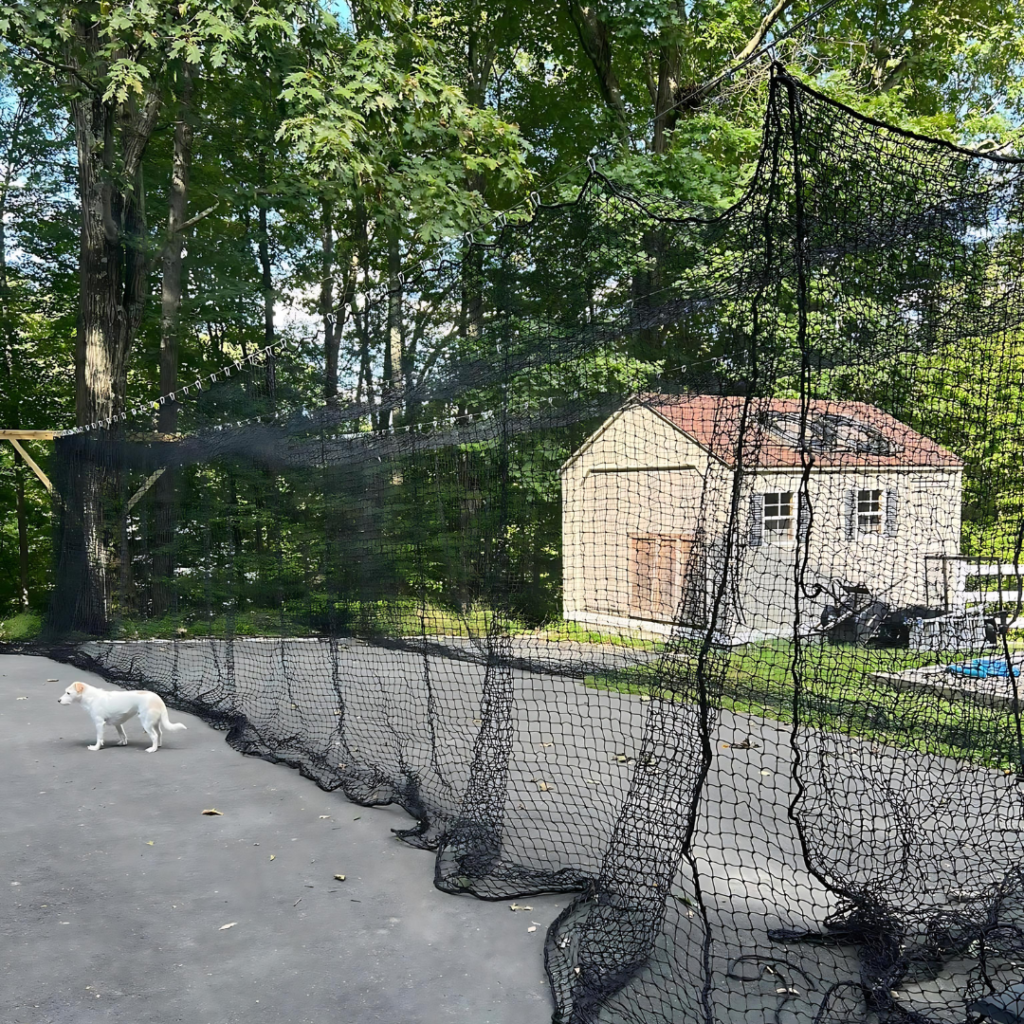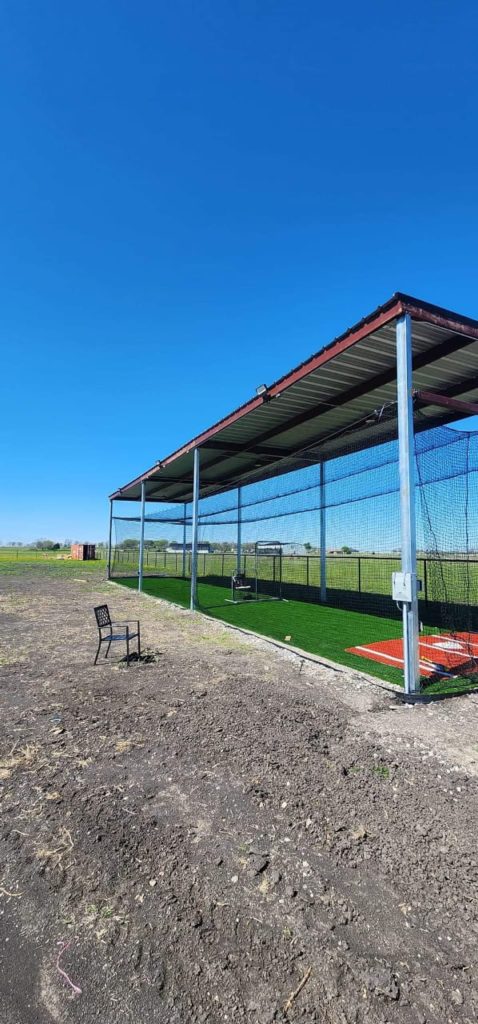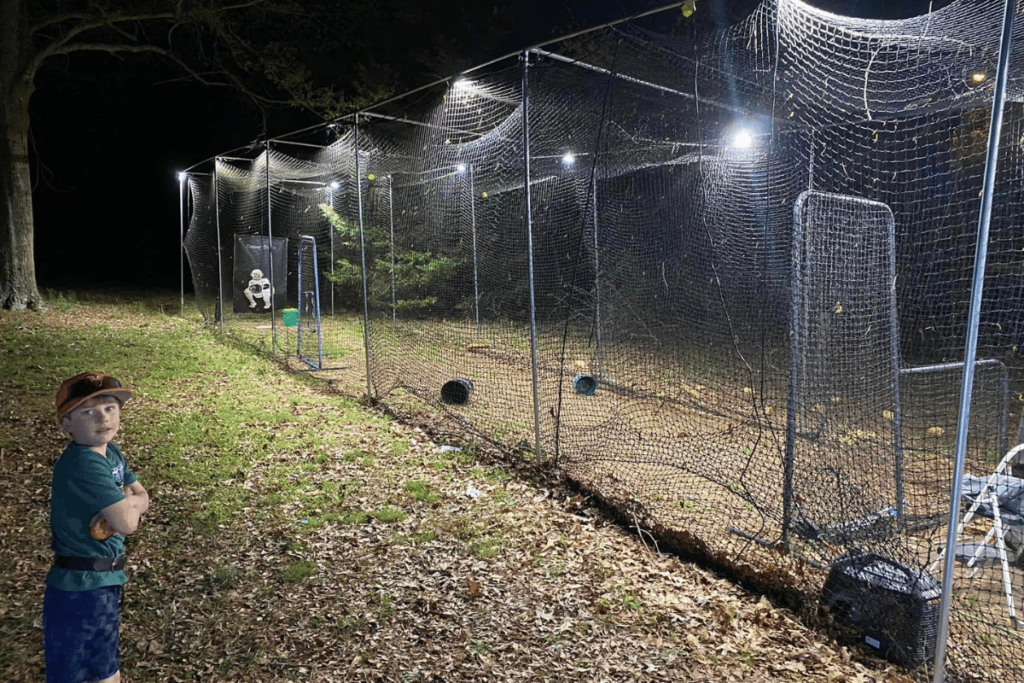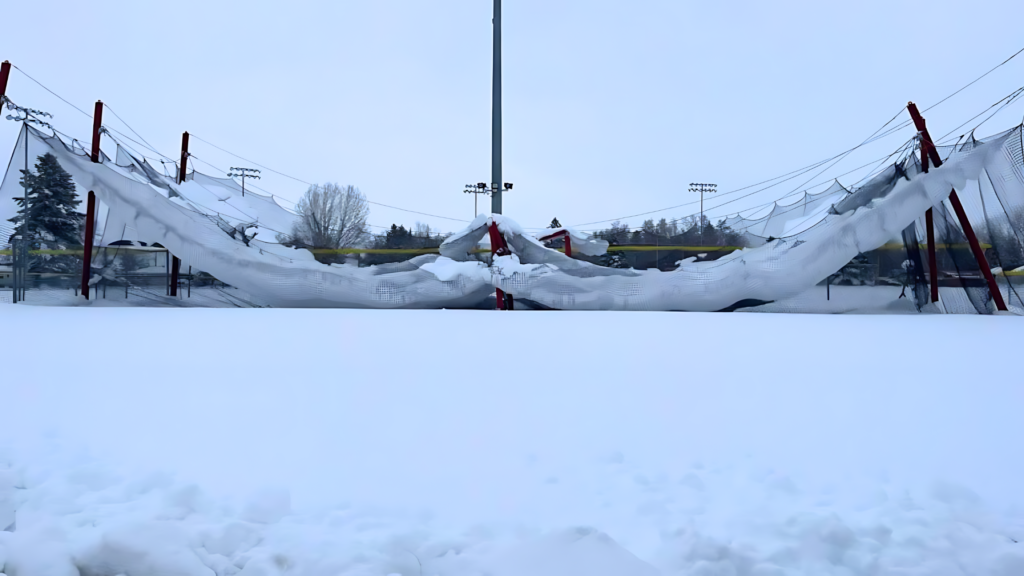🛡️ Weatherproofing Your Backyard Batting Cage (All Seasons)
If you’re a proud owner of a backyard batting cage, you know how important it is to keep it in top condition. But weather — from spring rain to winter snow — can quickly wear down even the best setups. In this guide, we’ll break down how to weatherproof your backyard batting cage year-round so you can keep training safely, protect your investment, and potentially even rent your cage on CageList.com.
We’ll also link to a few expert guides on topics like batting cage maintenance, safety measures, netting tips, and proper drainage.
Why Weatherproofing Matters
- ✅ Longevity: Protects netting and frame from rust, mold, and sun damage.
- ✅ Safety: Prevents collapses and structural failure during storms or snowfall.
- ✅ Cost Savings: Reduces need for replacements and repairs.
- ✅ All-Season Use: Lets you train year-round in any conditions.
🌱 Spring: Prepare for Rain & Rapid Growth

- Ensure proper drainage: Use gravel or French drains to prevent water pooling around the base.
- Trim back vegetation: Trees and bushes can interfere with your netting and create fall risks.
- Check for mold: Clean your netting with mild soap + water to prevent mildew buildup.
☀️ Summer: Block the Heat & Sun

- Use UV-resistant netting: Prevents degradation from long-term sun exposure.
- Provide shade: Add shade sails or canopies to keep it cool and protect players.
- Avoid overheating: Use lighter-colored materials or coatings on metal frames.
🍂 Fall: Windproof & Leaf-Proof Your Cage

- Reinforce the frame: Anchor and brace for increased wind resistance.
- Clear debris regularly: Leaves can cause sagging, mold, and frame stress.
- Inspect all joints: Check for rust or damage and tighten loose connectors.
❄️ Winter: Defend Against Snow, Ice & Cold

- Remove snow & ice: Use a soft brush to keep weight off your cage.
- Store removable gear: Pitching machines, tees, etc. should be brought indoors.
- Use covers or tarps: Choose weather-resistant, secured covers to block ice and moisture.
🧰 More Helpful Posts You’ll Want to Read
- 🧼 Batting Cage Maintenance 101
- 🛑 7 Safety Measures Before You Build
- 🧵 Buying Great Baseball Cage Netting
- 🧠 The Importance of Proper Drainage
🏡 Want Inspiration? Check Out These Real Listings
- 📍 Outdoor Batting Cage w/ Auto-Fed Machine — Lilburn, GA
- 📍 Batter Up 2.0 — Penitas, TX
- 📍 Hitters Paradise in Menifee, CA
💸 Want to Rent Out Your Cage?
If your backyard batting cage is high quality and properly weatherproofed, you can list it for free on CageList and earn passive income by renting it to local players and teams. Clean, safe, well-equipped cages earn more per hour — and are in high demand.
🏁 Final Thoughts
Weatherproofing your batting cage = peace of mind + longer lifespan. Whether it’s spring storms, summer heat, fall winds, or winter snow — the tips above will help you prepare and protect.
⚾️ Stay ready, stay safe — and keep hitting year-round!
